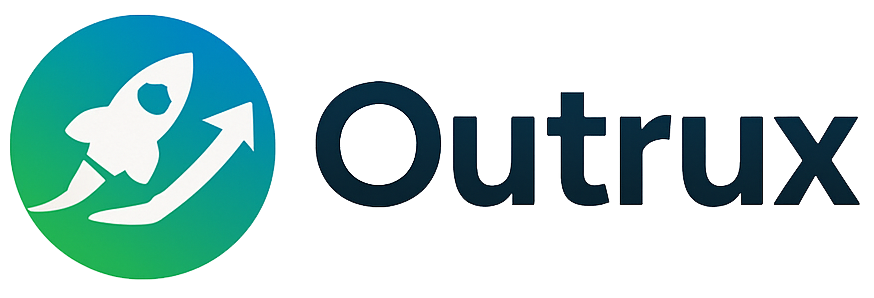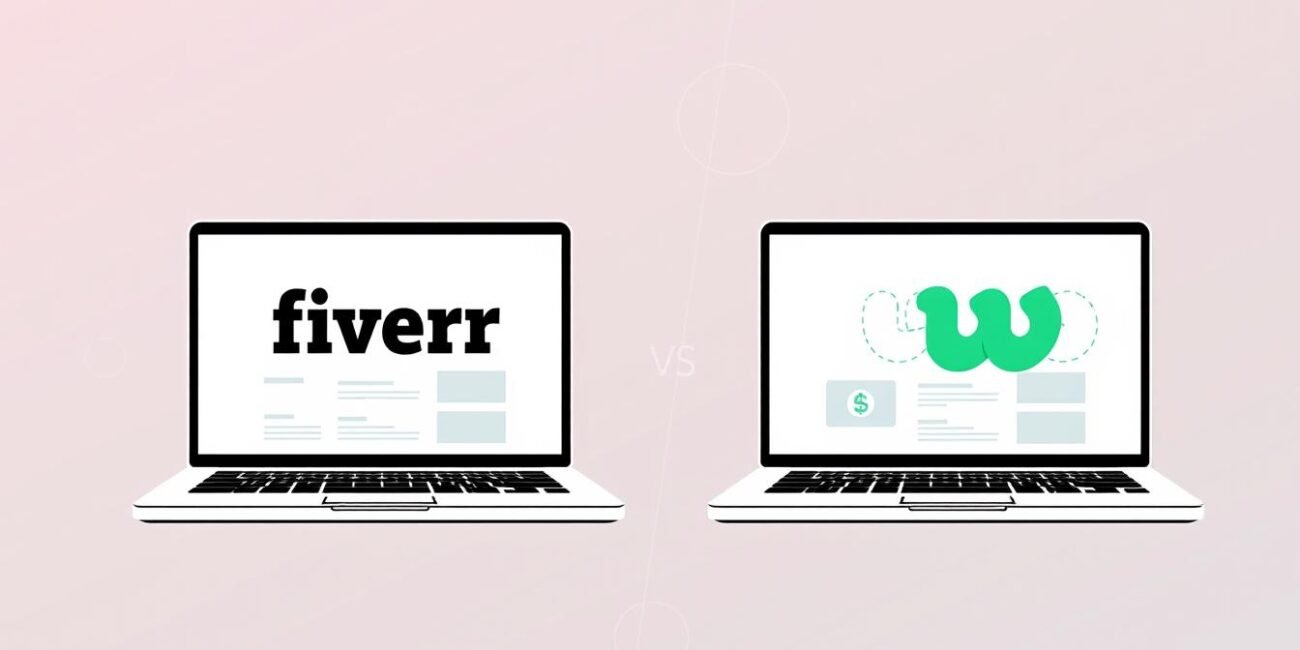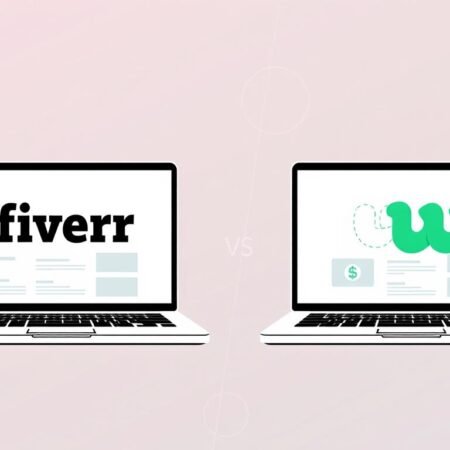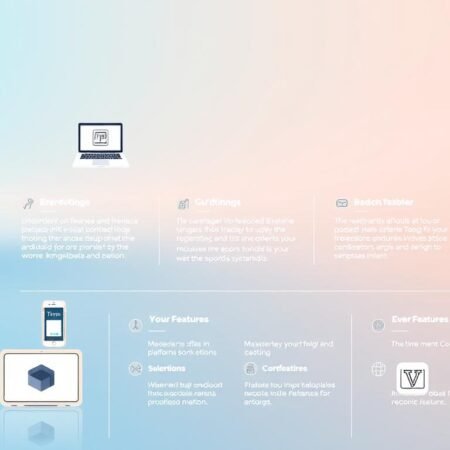What if your side hustle could cover your bills faster than your 9-to-5? With 10% of Americans now juggling extra work to stay afloat, online freelance websites have become essential tools for modern earners. But not all gig economy platforms deliver the same results.
New data reveals a critical divide between two industry giants. Fiverr’s project-based model clashes with Upwork’s hourly system, creating wildly different earning paths. Freelancers report stark contrasts in payment timelines, client quality, and long-term growth potential across these marketplaces.
This analysis cuts through the hype with cold, hard numbers. Discover how fee structures eat into profits on one platform while boosting earnings on the other. Learn why certain skills thrive in Fiverr’s quick-turnaround environment but stall on Upwork’s competitive bidding system.
We’ll break down real success stories – from $5 logo designers scaling to six figures, to consultants landing retainers through strategic proposals. Whether you’re coding, writing, or managing social media, your choice of platform could make or break your money-making goals this year.
Understanding the Side Hustle Landscape
The modern workforce is rewriting the rules of earning. Over 10% of Americans now operate a secondary business or gig to offset rising costs. This shift reflects deeper economic currents reshaping how people approach income generation.

Fueling the Freelance Fire
Technology erased geographic barriers. Cloud tools let designers in Dallas collaborate with startups in Dubai. Payment platforms enable instant transactions across borders. These advances created a 24/7 marketplace for skills ranging from app development to pet sitting.
Economic Ripples
Freelancers pumped $1.3 trillion into the U.S. economy last year. Traditional jobs can’t match the flexibility modern workers crave. Consider these key differences:
| Factor | Traditional Work | Freelance Work |
|---|---|---|
| Income Stability | Fixed salary | Project-based |
| Skill Utilization | Role-specific | Multi-disciplinary |
| Growth Potential | Promotion cycles | Direct client impact |
Stagnant wages and inflation push many toward supplementary income streams. A graphic designer might teach Canva courses evenings. A mechanic could consult on vintage car restorations weekends. This hybrid approach blends security with entrepreneurial freedom.
Comparing Fiverr and Upwork
The digital marketplace offers two distinct paths for freelancers: one built on proposals, the other on instant purchases. Both platforms connect skilled workers with clients globally, but their operational DNA differs radically.
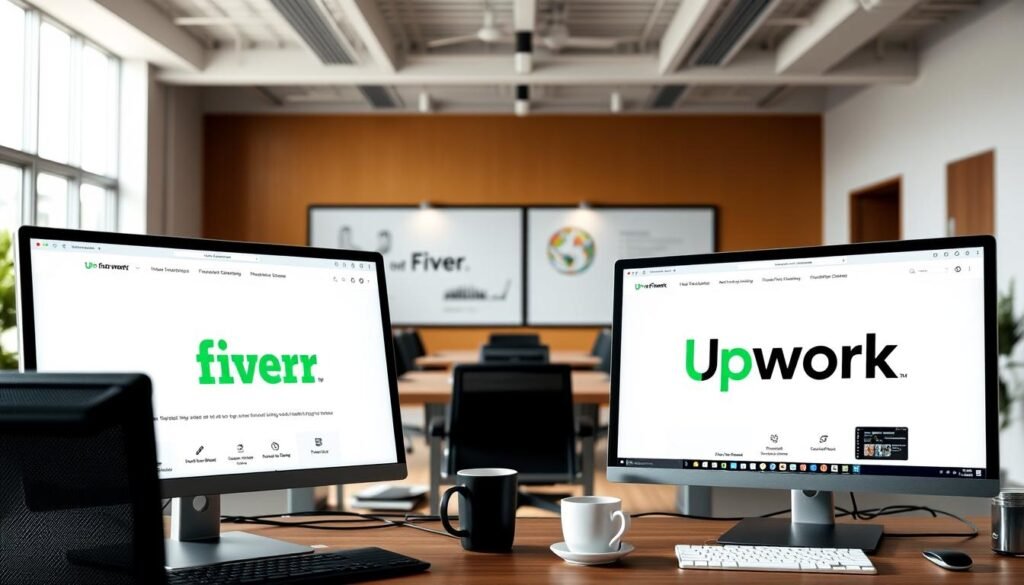
Core Operational Models
Sites like Upwork function as talent auctions. Clients post projects, triggering competitive bids from freelancers. This system rewards polished portfolios and persuasive pitches. Newcomers often struggle against seasoned professionals in this environment.
Fiverr flips the script. Sellers pre-package services into shoppable gigs—$50 video edits or $200 website audits. Buyers browse listings like digital storefronts, eliminating proposal wars. This model favors specialists who can productize their skills effectively.
Money Movement Mechanics
Payment timelines reveal crucial cash flow differences. Upwork holds earnings for hourly contracts 10 days post-approval. Fixed-price jobs unlock funds after 5 days. Fiverr delays withdrawals 14 days for standard sellers, though top performers access money faster.
| Feature | Upwork | Fiverr |
|---|---|---|
| Signup Approval | 48-hour review | Instant access |
| Client Acquisition | Proposal submissions | Gig listings |
| Payment Model | Hourly/fixed contracts | Pre-set packages |
| Cash Flow Speed | 5-10 days | 14-day hold |
These structures shape earning potential. Upwork’s system suits long-term collaborations, while Fiverr excels at quick transactions. Graphic designers might thrive on one platform, copywriters on the other—success hinges on matching skills to marketplace rhythms.
Which Platform Pays Better for Side Hustles
Earning potential separates casual gigs from serious income streams. The right choice between major marketplaces depends on how payment systems align with your workflow and financial goals.

Breaking Down the Numbers
Service fees eat into profits differently across platforms. Upwork takes 10% on projects over $500, while Fiverr charges 20% per transaction. These costs add up quickly for high-volume sellers.
Computer security specialists saw 27.1% growth last quarter, proving niche skills dominate certain markets. Writers combining SEO knowledge with AI editing charge $100+ hourly – rates rarely seen in standard content mills.
| Factor | Upwork Advantage | Fiverr Edge |
|---|---|---|
| Service Fees | 10% over $500 | 20% flat rate |
| Payment Hold | 5 business days | 14-day clearance |
| Project Types | Ongoing contracts | Quick deliverables |
Upwork’s escrow system protects both parties but slows cash flow. Fiverr’s instant gig purchases enable faster turnover. Savvy sellers make money by balancing platform strengths with their delivery speed.
Currency conversion costs quietly shrink earnings for international freelancers. Payment processors take 1-3% on cross-border transfers – a critical factor when calculating true income.
Navigating Opportunities in Freelance Work
Market shifts are reshaping where freelancers find profitable work. Three sectors dominate current opportunities: tech solutions, content creation, and specialized support services. Savvy workers match their skills to emerging needs in these areas.

High-Demand Service Categories
Writing remains a top entry point for new freelancers. Clients seek creators who blend human insight with AI tools like ChatGPT. Basic SEO knowledge boosts rates by 40% for content writers.
| Field | Growth Rate | Avg. Hourly Rate |
|---|---|---|
| Cybersecurity | 27.1% | $85+ |
| AI Content Editing | 18.3% | $50-$75 |
| Virtual Event Planning | 14.6% | $35-$60 |
Building Competitive Expertise
Technical fields require certifications but deliver premium pay. Web developers with Python mastery earn 2x more than generalists. Graphic designers need Figma and Canva proficiency to meet current demand.
Soft skills separate top earners from the pack. Time management ensures repeat clients. Negotiation tactics increase project rates. A social media manager might upcharge 30% by demonstrating campaign ROI tracking.
Successful freelancers treat their side hustle like a business. They track industry shifts through platforms like LinkedIn Learning. Continuous skill upgrades turn temporary gigs into sustainable income streams.
Side Hustle Strategies for Maximizing Income
Setting the right rates transforms casual gigs into serious income streams. Savvy freelancers use data-driven approaches to balance affordability with fair compensation. Regular market analysis prevents leaving money on the table or scaring off potential clients.

Market Rate Monitoring Essentials
Top earners check three key sources weekly: industry salary reports, competitor listings, and client budget ranges. Writing specialists charging $100+/hour typically hold certifications in niche areas like technical documentation or grant writing.
| Service | Entry-Level Rate | Expert-Level Rate | Certification Impact |
|---|---|---|---|
| Blog Writing | $0.08/word | $0.35/word | +40% with SEO certs |
| Facebook Ads Management | $25/hour | $150/hour | +90% with Meta Blueprint |
| Logo Design | $50/project | $500/project | +60% with Adobe Certs |
Digital marketers with platform certifications earn 2x more than generalists. Google Ads specialists often make extra through performance bonuses tied to campaign results. These credentials prove expertise to clients comparing multiple offers.
Time-tracking tools like Toggl reveal hidden inefficiencies. A social media manager might discover they spend 3 hours weekly on reports that could be automated. Redirecting that time to client acquisition boosts earnings potential.
Successful sellers bundle services for maximum impact. A writer might offer blog posts with SEO optimization and monthly analytics reviews. This strategic packaging creates recurring revenue while demonstrating added value.
Emerging Trends in Online Work
The freelance revolution is entering its smart era. PwC predicts AI will contribute $3.7 trillion to North America’s economy by 2030, reshaping how independent professionals work. This shift creates new paths for those ready to adapt.

Smart Collaboration With Technology
Forward-thinking freelancers now blend human creativity with machine efficiency. Writers use AI checkers to polish drafts 50% faster. Designers leverage automated layout tools to slash project timelines.
| Freelance Role | Traditional Approach | AI-Enhanced Approach | Efficiency Gain |
|---|---|---|---|
| Content Writer | Manual research & drafting | AI-assisted outlining + editing | 40% faster output |
| Graphic Designer | Custom illustrations | Template customization + AI upscaling | 60% time reduction |
| Marketing Specialist | Trial-and-error campaigns | Predictive analytics tools | 35% higher ROI |
Editors specializing in refining AI-generated content see 25% more repeat clients. The key lies in positioning these digital tools as productivity boosters rather than replacements.
Platforms now reward tech-savvy users. Upwork reports 73% more job posts seeking AI implementation skills. Fiverr’s AI service category grew 450% last year. Staying current with emerging tools separates thriving freelancers from those struggling to compete.
Leveraging Social Media for Side Hustle Success

Modern freelancers can’t afford to ignore social media’s power. Platforms like Instagram and TikTok now drive 42% of client discoveries for independent professionals. The right strategy turns profiles into profit engines through sponsorships, affiliate deals, and direct service sales.
Crafting Your Digital Identity
Successful creators treat their social media presence as a living portfolio. A LinkedIn profile showcasing project results attracts corporate clients. TikTok tutorials demonstrating graphic design skills can spark viral interest. Authenticity matters – followers spot forced promotions instantly.
| Platform | Best For | Content Type | Monetization Path |
|---|---|---|---|
| Visual services | Reels/Stories | Brand partnerships | |
| B2B services | Case studies | Consulting leads | |
| TikTok | Skill demonstrations | Quick tutorials | Affiliate marketing |
| YouTube | Educational content | How-to guides | Ad revenue |
Consistency beats occasional perfection. Posting 3-4 weekly updates keeps your audience engaged without burnout. Use analytics to identify top-performing formats – carousel posts often outperform single images for service promotions.
Monetization accelerates when you show expertise instead of telling. A copywriter might share before/after screenshots of website traffic growth. Web developers can time-lapse code debugging sessions. This content builds trust better than any sales pitch.
Engagement strategies separate thriving accounts from ghost towns. Respond to comments within 12 hours. Share client success stories (with permission). Collaborate with complementary creators to expand your reach. These tactics transform casual followers into paying customers.
Affiliate Marketing and Digital Product Sales
Turning recommendations into revenue streams has never been more accessible. Creators now monetize expertise through affiliate marketing and digital products, building income sources that work while they sleep. These models reward strategic thinking and audience understanding.
Developing Passive Income Streams
Affiliate programs let you earn commissions by sharing products you trust. Top networks like Amazon Associates and ShareASale offer 4-30% payouts per sale. The real power lies in evergreen content – a single blog post can generate sales for years.
| Network | Commission Range | Cookie Duration |
|---|---|---|
| CJ Affiliate | 5-50% | 45 days |
| ShareASale | 4-25% | 30 days |
| Amazon Associates | 1-10% | 24 hours |
Digital products remove inventory headaches. Online courses and templates require upfront work but sell repeatedly. A $99 e-book needs just 100 sales to generate $9,900 – no manufacturing or shipping costs.
Success demands authenticity. Audiences spot disingenuous promotions instantly. Focus on products solving real problems, like budgeting tools for freelancers or SEO checklists for bloggers. Pair honest reviews with data-driven results to build lasting trust.
Combining affiliate marketing with original digital creations creates multiple passive income streams. This dual approach diversifies earnings while maximizing your content’s value.
Increasing Earnings with Blogging and Content Creation
Strategic blogging transforms passion projects into revenue engines. Creators monetize expertise through multiple channels while building lasting authority. The key lies in balancing technical optimization with genuine audience connection.
Mastering Search Visibility
Effective SEO turns random posts into traffic magnets. Tools like Ahrefs and SEMrush help identify low-competition keywords. A food blogger might target “gluten-free meal prep for college students” instead of generic diet tips.
| SEO Factor | Beginner Mistake | Pro Approach |
|---|---|---|
| Keyword Usage | Stuffing articles | Natural integration |
| Content Structure | Wall of text | Subheadings + bullet points |
| Loading Speed | Unoptimized images | Compressed files + caching |
Cultivating Loyal Followers
Understanding your audience shapes content that converts. Analytics reveal top-performing topics and ideal posting times. A parenting blog might discover readers prefer 500-word quick guides over lengthy essays.
Successful creators diversify formats. Podcast summaries complement written posts. Downloadable checklists encourage email sign-ups. This multi-format approach keeps websites fresh and engaging.
Monetization accelerates when value meets visibility. Google AdSense provides baseline income, while affiliate partnerships and digital products boost earnings. A travel blogger could sell packing list templates alongside sponsored hotel reviews.
Getting Started with Online Courses and Educational Content
The digital education boom has opened new revenue streams for experts worldwide. Platforms like Udemy and Teachable let creators package knowledge into scalable products. Over 60% of students now prefer on-demand learning to traditional classrooms.
Building Effective Learning Experiences
Successful online courses solve specific problems. A baking instructor might focus on gluten-free desserts for busy parents. A programmer could teach Python through real-world automation projects. This problem-first approach keeps students engaged from start to finish.
Design quality separates forgettable content from transformative lessons. Break complex topics into bite-sized modules. Mix video tutorials with downloadable worksheets. Top creators use platforms like Thinkific to add quizzes and progress tracking.
Teaching expertise matters more than formal credentials on most platforms. Conversational language tutors on Preply earn $20+/hour without degrees. Focus on delivering clear value rather than academic titles.
Continuous income flows come from smart updates. Refresh course materials quarterly based on student feedback. Bundle related content into premium packages. This service mindset turns one-time buyers into lifelong learners.

